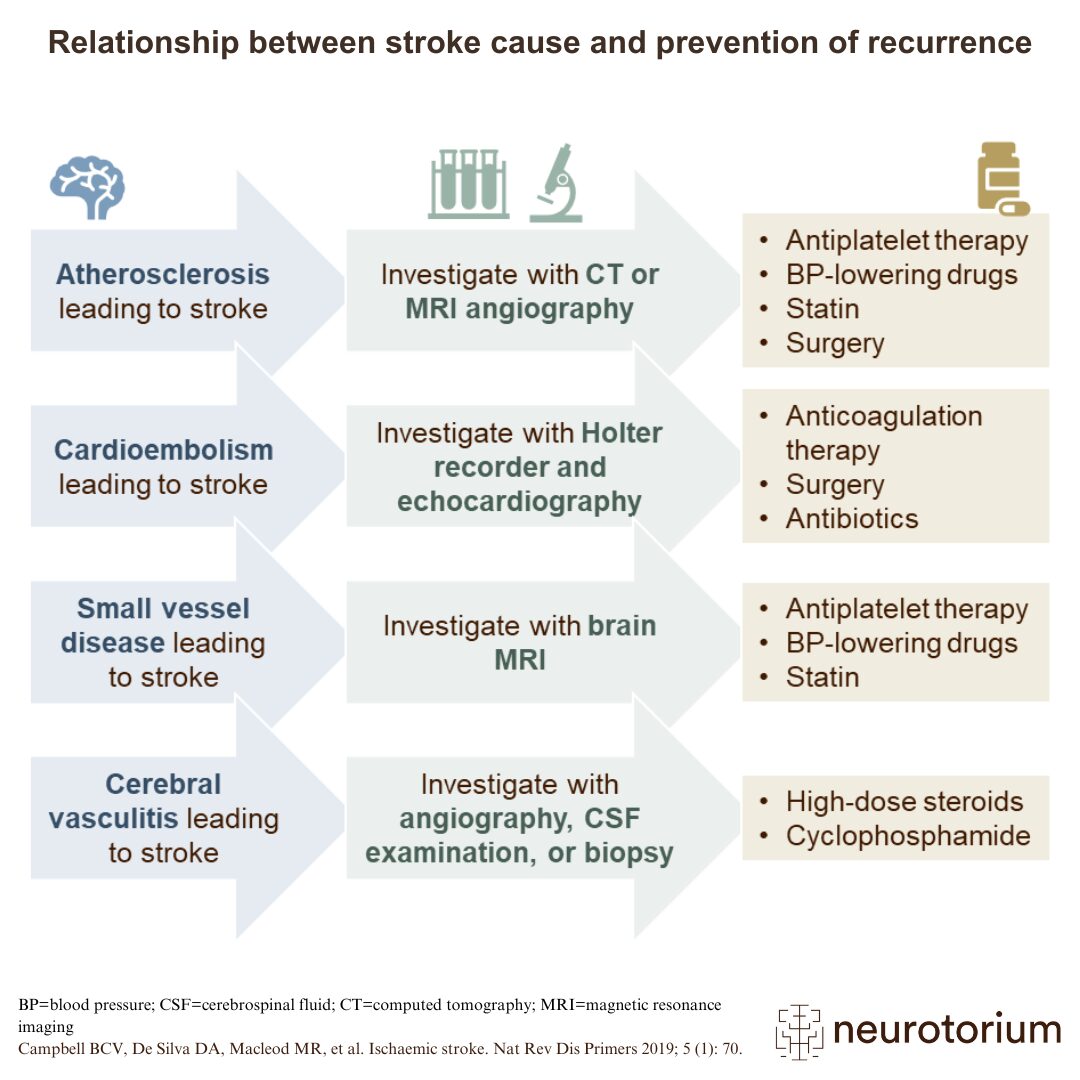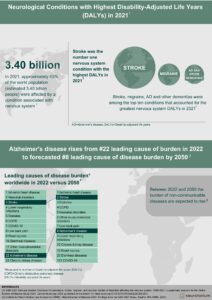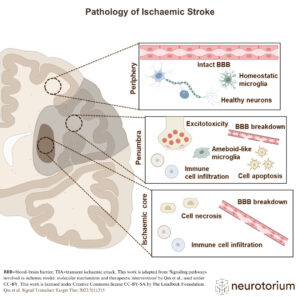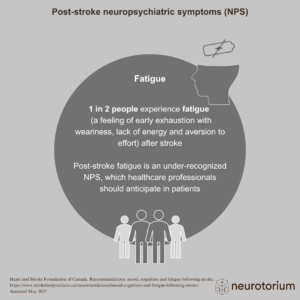The key to preventing the recurrence of stroke is to identify the precipitating cause(s).1 From there, prevention involves addressing that cause, e.g., by intervening in a patient with atherosclerosis, as identified using scanning technologies, using blood pressure lowering medications and statins.1 Primary prevention of stroke would involve reducing the risk of a first stroke.1





